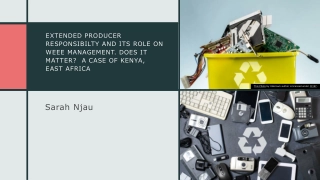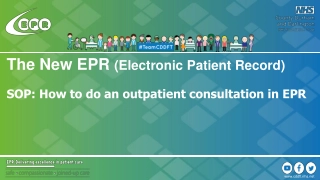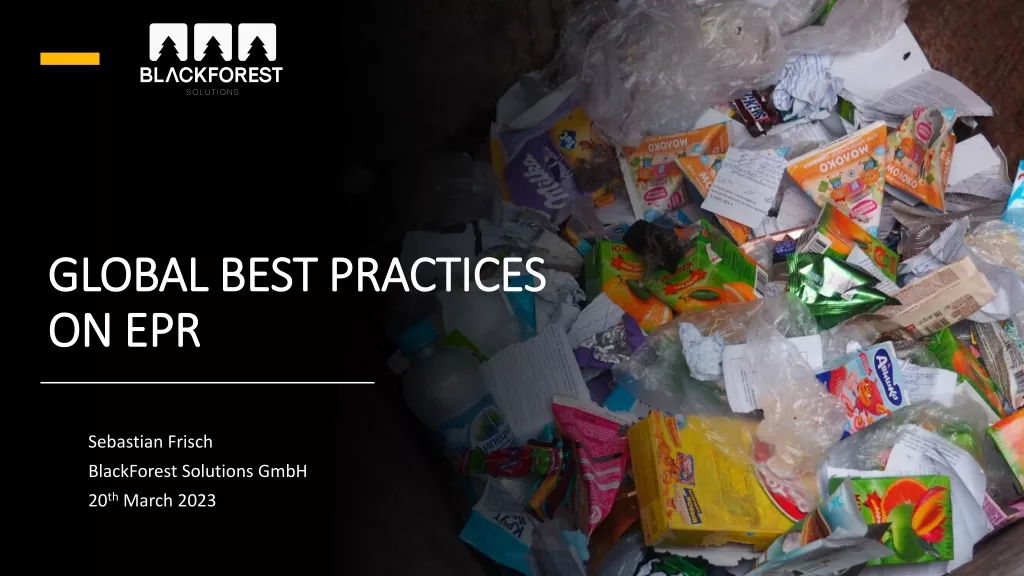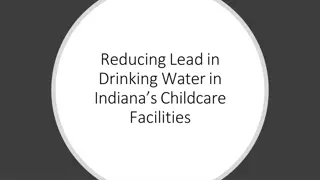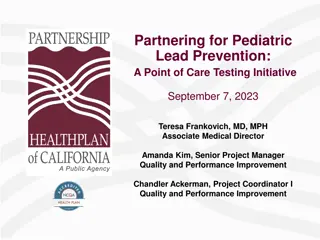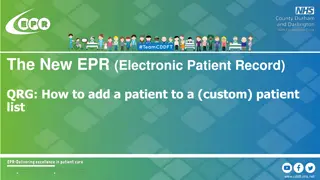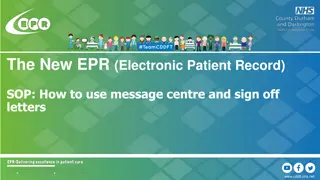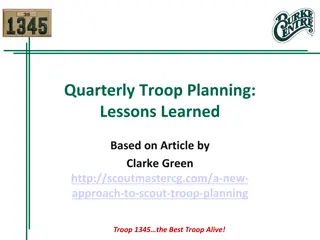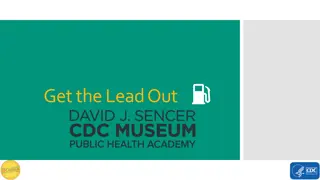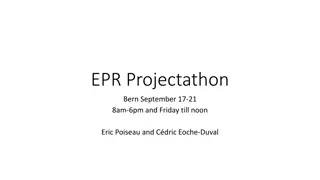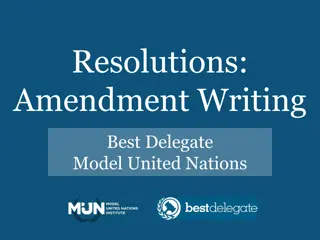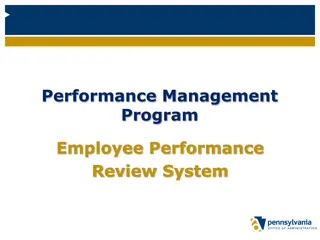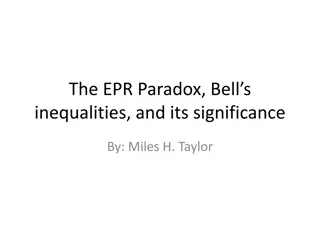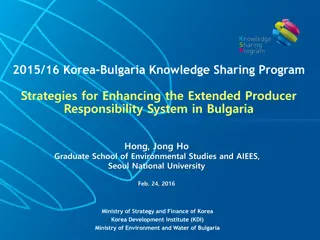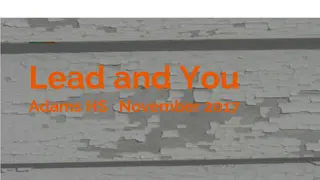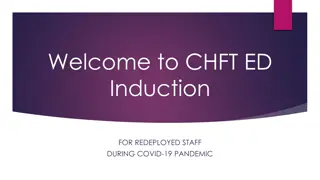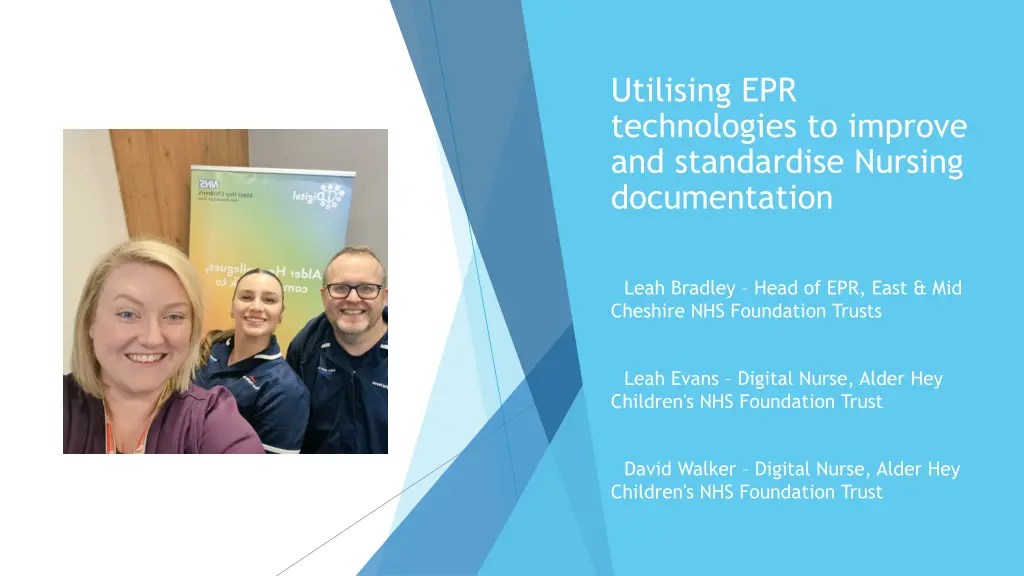
Improving Nursing Documentation with EPR Technologies
Explore how utilizing EPR technologies can enhance and standardize nursing documentation, addressing challenges of duplication, lack of standardization, and feedback from clinicians. Discover the importance of a unified vision for nursing and midwifery documentation in transforming healthcare practices effectively supported by digital technology, as emphasized by NHS England.
Download Presentation

Please find below an Image/Link to download the presentation.
The content on the website is provided AS IS for your information and personal use only. It may not be sold, licensed, or shared on other websites without obtaining consent from the author. If you encounter any issues during the download, it is possible that the publisher has removed the file from their server.
You are allowed to download the files provided on this website for personal or commercial use, subject to the condition that they are used lawfully. All files are the property of their respective owners.
The content on the website is provided AS IS for your information and personal use only. It may not be sold, licensed, or shared on other websites without obtaining consent from the author.
E N D
Presentation Transcript
Utilising EPR technologies to improve and standardise Nursing documentation Leah Bradley Head of EPR, East & Mid Cheshire NHS Foundation Trusts Leah Evans Digital Nurse, Alder Hey Children's NHS Foundation Trust David Walker Digital Nurse, Alder Hey Children's NHS Foundation Trust
Background Alder Hey Children's Hospital has had Meditech EPR since approx. 1995 and have used multiple versions of the system including Version 5 (MAGIC), Version 6 and now Expanse 2.1. Expanse 2.1 went live in September 2023 which brought big changes to admin teams, Clinicians, AHPs and Specialist Nursing teams. The rest of the nursing workforce received a version that looked very similar to version 6.08, and had very little configuration changes as a result waiting for Expanse 2.2 and Web Nursing. During the implementation, the Clinical Digital team undertook the majority of the nursing workforce training and had an opportunity to hear from a lot of end users and heard a lot of feedback about duplication of work and lack of standardisation across the organisation.
Feedback Lots of duplication in nursing intervention content Lack of standardisation in end of shift nursing notes based on ward location/individual nurses/experience/speciality Nursing notes were very narrative in some areas but others were more basic and lacking depth/content Noone had an agreement on what should be included in notes and what shouldn't Time constraints surrounding the completion of documentation varied Important patient information was missing in some documents such as safeguarding or tissue viability concerns Clinicians feedback also felt that nursing notes lacked in several areas, therefore became ineffective and not beneficial to read for the reasons above
"Towards a unified vision of nursing and midwifery documentation" NHS England, Sept 2023 "With a growing number of organisations seeking to digitise nursing and midwifery documentation, addressing these issues, as a collective, is critical if we are to ensure practice is effectively supported by digital technology, and to be able to build on this to transform the way we work together, across organisational boundaries, to deliver seamless and coordinated care" NHS England, 2023
Recommended Approach Nurses would like a sense of shared ownership to their record keeping. Organisations are encouraged to involve care-based nurses about the design and implementation of new or updated record systems to ensure that they best support practice. A good record of nursing and midwifery care is based on the systematic approach that is the nursing and midwifery process: assess, plan, implement and evaluate. https://www.england.nhs.uk/long-read/towards-a-unified-vision-of-nursing-and- midwifery-documentation/
Evaluation (NHS England, 2023) What shouldn't be included? What should be included? Where is the structure?
Nursing Documentation in Expanse 2.1 Following the release of the NHS England documentation standards a review was undertaken looking specifically at end of shift nursing notes. We found a lot of discrepancy in practice and inconsistencies with content. We also heard from Practice Education teams, who look after Student Nurses, stating that they were seeing an increase of Student Nurses 'failing' placements due to poor documentation practices... however what standard were they being held too? Feedback from managers also stated that during incident reviews, documentation was inconsistent and difficult to assess, leading to more challenging review processes.
What we did next Clinical Digital Team decided to develop a documentation standard, utilising processes from assessments to support the standardisation of end of shift documentation across all wards. We decided to utilise an acronym to support the education and learning of the nurses and to make it easier to remember what to document. We decided to use "MYPATIENTS" as the acronym, as most nurses would say "I am now going to go an write my patients notes", so we felt this was a clever way to remember.
MYPATIENTS ME the nursing team M YOU the patient Y PLACEMENT/PATIENT SAFETY P ASSESSMENT A THERAPEUTIC T INTERVENTIONS I ENGAGEMENT E NUTRITION N TO DO NEXT SHIFT T SUMMARY S
Workshop 01/12/2023 Collaborative approach built by Nurses The nurses told us what they wanted to document
MYPATIENTS Who has been caring for the patient, when did cares get taken over, who has been involved M What is their diagnosis, what are they been treated for How have they presented, capture their 'voice' Y Have ward safety checks been completed, what form of identity is the patient using, have any incidents occurred P ABCDE assessment, Assesment of Mental Health and Pain A Medication administration, medical devices, vascular access, infection control procedures T What assessments/interventions/tests has the patient recieved I Who has been to visit the patient? Personal, professional and external E Assessment of intake/output, fluid balance N What needs to be completed on the next shift/next visit T Final summary to document anything else that is relevant S
Digital Approach to 'MYPATIENTS' The idea behind the new nursing document was to re-purpose information that has already been entered into EPR system via interventions, which would re-call details such as diagnosis, to populate the end of shift note. Design and build of Version 1 took 19 days from initial workshop. Trial 1 was implemented on 20/12/2024 - the trial lasted 4 weeks A review process then commenced to build version 2.
Feedback from Version 1 Version 1 was a quantitative i.e. lots of yes/no and group response answers The nursing staff wanted more qualitative options, more free text, less prescriptive Version 1 had lots of mandatory fields The nursing staff wanted less mandatory sections but more customisable sections i.e. ward specific assessments such as Ventilation settings for HDU Auto-recalls were used a lot in Version 1 Lots of the auto-recalls were removed so that the document could be repeatedly draft saved throughout the shift to improve admin burden at the end of the day.
Version 2 End of shift nursing notes P.Doc Format instead of Simple note format
Version 2 End of shift nursing notes M = ME Auto re-call in use from an intervention
Y = YOU Auto re-call in use from an intervention Group response used to speed up completion
P = Placement/Patient Safety Group responses used to speed up completion
A = Assessment Group responses used to speed up completion
T = Therapeutic Group responses used to speed up completion Sentence like responses
I = Interventions Utilised instance types
E = Engagement Utilised instance types, group responses, comments and free text formats
TOPOL Digital Fellowship Following the implementation of 'MYPATIENTS' the team applied for the 2024 TOPOL Digital Fellowship and were successful in securing a place on the course with a view to expanding the potential of this documentation standard, into a more regional/national evaluation tool.
Final Slide...we promise The document continues to be used throughout Alder Hey and Version 2 went live in April 2024 and as of August 2024, the document has been used: 22,837!!! General Surgical Ward General Medical Ward Neuro/Ortho Ward Complex Medical Ward Oncology Ward Burns Unit Gastro/Renal Ward Cardiac Ward HDU 7119 5457 4974 1994 987 929 846 321 210

